
views
Opening Command Prompt

Open the Start menu. Click the Windows logo in the bottom-left corner of the screen, or press the ⊞ Win key on your keyboard. For Windows 8, place your mouse cursor in the top-right corner of the screen, then click the magnifying glass icon when it appears.
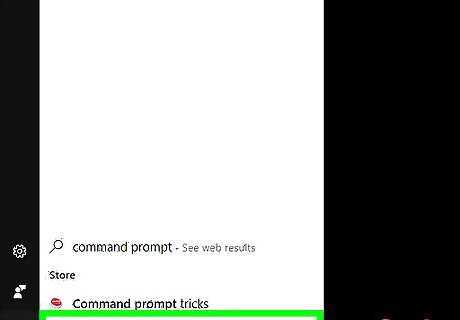
Type command prompt into the "Search" field. Doing so will search your computer for the Command Prompt app, which will pop up at the top of the search menu. If you're using Windows XP, you'll instead click the Run app on the right side of the Start menu.
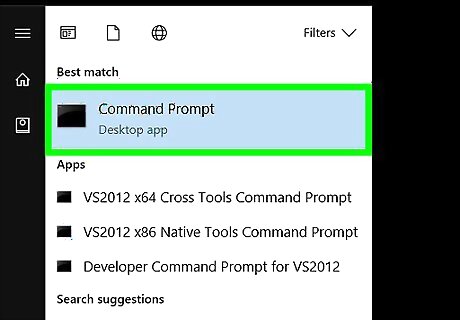
Right-click Command Prompt. It resembles a black box. Doing this will invoke a drop-down menu. If you're using Windows XP, you'll instead type cmd.exe into the Run window.
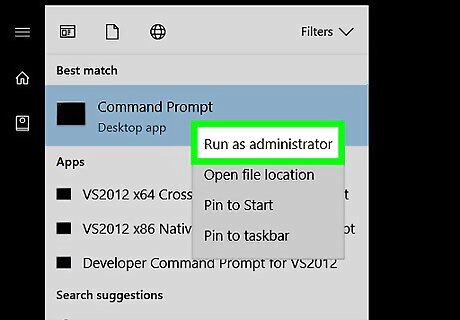
Click Run as administrator. It's near the top of the drop-down menu. Doing so will open Command Prompt with administrator privileges. You'll need to confirm this choice by clicking Yes when prompted. If you're using Windows XP, you'll click OK to open Command Prompt. You won't be able to run Command Prompt in administrator mode if you're on a restricted, public, or networked computer (e.g., a library or school computer).
Locating and Deleting Viruses

Type in your directory's name. This will typically be the letter on the disk drive (e.g., "C:").

Press ↵ Enter. This will change the Command Prompt's search location to your selected directory.

Type attrib -r -a -s -h *.* into Command Prompt. The "attrib" command forces all hidden, read-only, archived, and system files to display in Command Prompt, and the "-r -a -s -h *.*" section of the command removes these attributes from non-legitimate files. Any legitimate system files won't have their attributes removed, and you'll see "Access Denied" listed to the left of them.
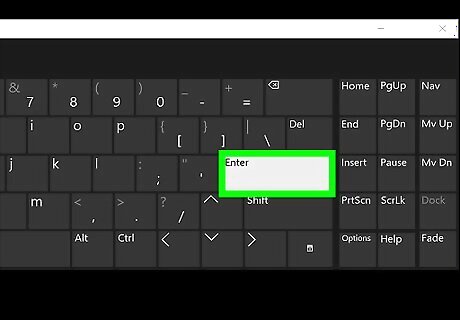
Press ↵ Enter. Doing so will display all previously hidden system files' names.

Scroll up to find your virus. If you know the virus' name, you'll simply need to scroll up to it. Otherwise, look for files ending in ".inf" and ".exe" that don't look familiar. Before proceeding, be sure to double-check any file names you suspect of being viruses by looking them up. Common virus names include "autorun.inf" and "New Folder.exe".
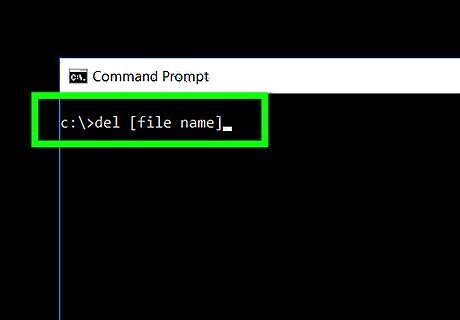
Type del [file name] and press ↵ Enter. Doing so will remove the virus from your computer. For example: to delete the "autorun.inf" virus, you'd type in del autorun.inf.
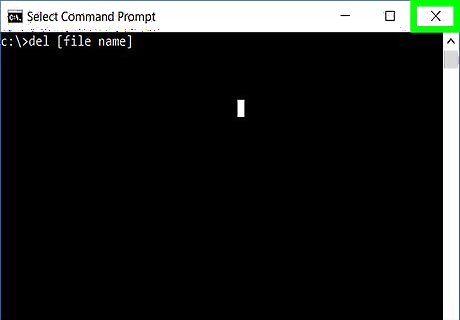
Close Command Prompt. The virus should no longer affect your system. You may even notice a slight increase in computer running speed or app response time.


















Comments
0 comment